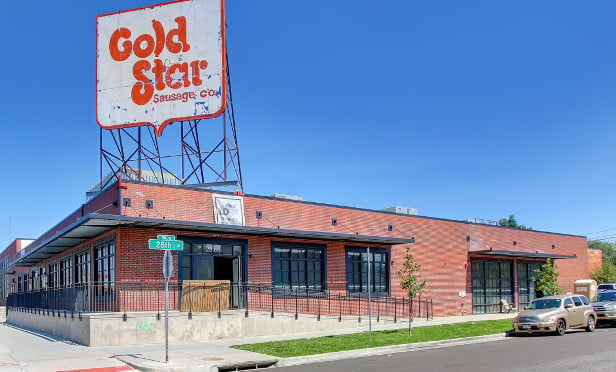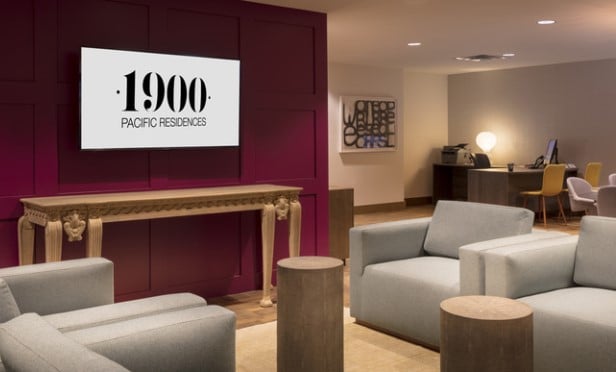SAN DIEGO—Incoming tenants at the former Gold Star Sausage Co. factory site in Denver are being offered a generous allowance in improvements and finishes, thanks to owner San Diego-based Pathfinder Partners. As we previously reported, Pathfinder acquired the property, 2800 Walnut in Downtown Denver's RiNo (River North) district, in 2015 and adapted the 65-year-old, 47,000-square-foot structure for its new use as a creative-office and retail space, putting it through an extensive $7.4-million renovation. The firm is now allowing its tenants to have the last word as to how the interior spaces will look.
Want to continue reading?
Become a Free ALM Digital Reader.
Once you are an ALM Digital Member, you’ll receive:
- Breaking commercial real estate news and analysis, on-site and via our newsletters and custom alerts
- Educational webcasts, white papers, and ebooks from industry thought leaders
- Critical coverage of the property casualty insurance and financial advisory markets on our other ALM sites, PropertyCasualty360 and ThinkAdvisor
Already have an account? Sign In Now
*May exclude premium content© 2025 ALM Global, LLC, All Rights Reserved. Request academic re-use from www.copyright.com. All other uses, submit a request to [email protected]. For more information visit Asset & Logo Licensing.










